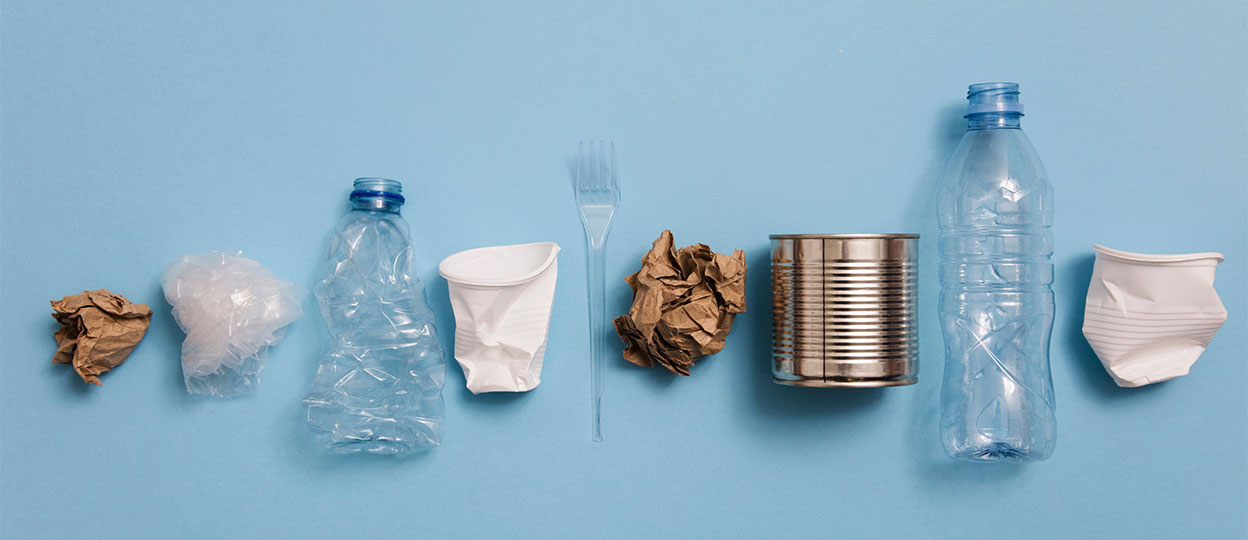Defra has released 2022 household recycling figures for England that reveal an overall rate of 43.4% - a 0.7% decrease from the previous year.
In terms of the total weight of waste recycled, this fell from 10.2 million tonnes to 9.3 million in 2022. Moreover, dry recycled material dropped more significantly by 7.1% to 5.5 million tonnes.
On a more positive note, the amount of waste disposed of in landfill also decreased by 16% from 1.8 million tonnes in 2021/2022 to 1.5 million tonnes in 2022/2023, as did waste being sent for incineration – or ‘energy for waste’ - which decreased by 0.3 million tonnes.
However, food waste recycling also fell by 2.6%. This may be an indication of reduced food waste arising in households, but in any case, should increase once mandatory food waste collections are introduced as part of the ‘Simpler Recycling’ reforms.
Significant disparities between local authorities
The data also highlights the disparity in recycling performance between local authorities, with data ranging from 17.7% - 61.6%. Performance in household recycling is affected by several well-established factors such as socio-economic indicators, housing type, and geography. Nonetheless, incoming Simpler Recycling reforms should again help to lessen the gap between authority catchments.
It is hoped that other policy measures, such as EPR for packaging, will see England’s recycling rates increase too. Modulated fees under EPR, once implemented, will in effect penalise harder to recycling materials by charging producers a larger proportion of local authority incurred packaging waste costs.
As mentioned, working alongside EPR, Simpler Recycling measures will ensure a consistent set of materials are collected from domestic and business premises, including food waste and the mandatory collection for recycling of flexible plastics by 2026/7.
If you're an Ecosurety member and would like to find out more about how you are impacted by EPR, visit our Ecosurety Hub knowledge articles for more information.






